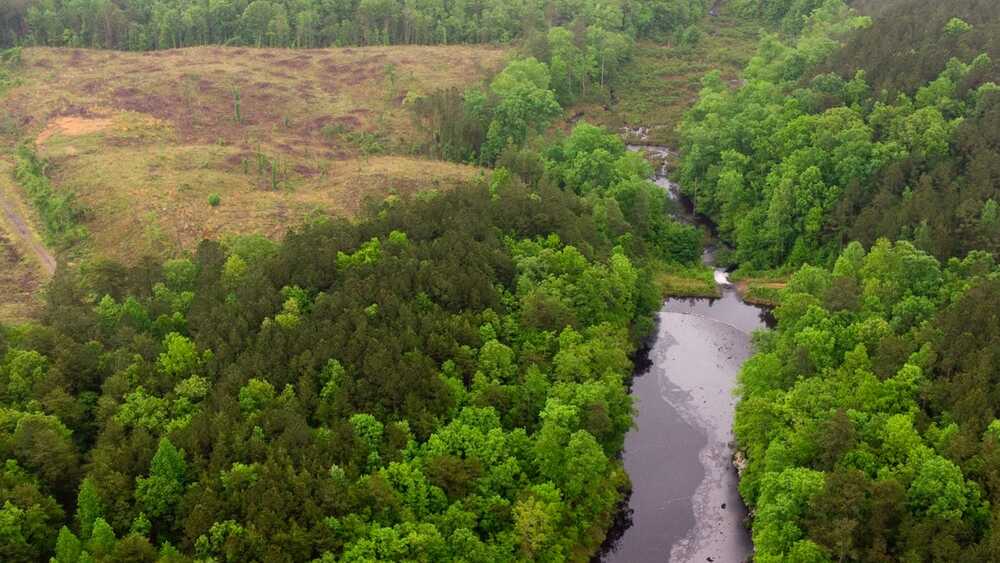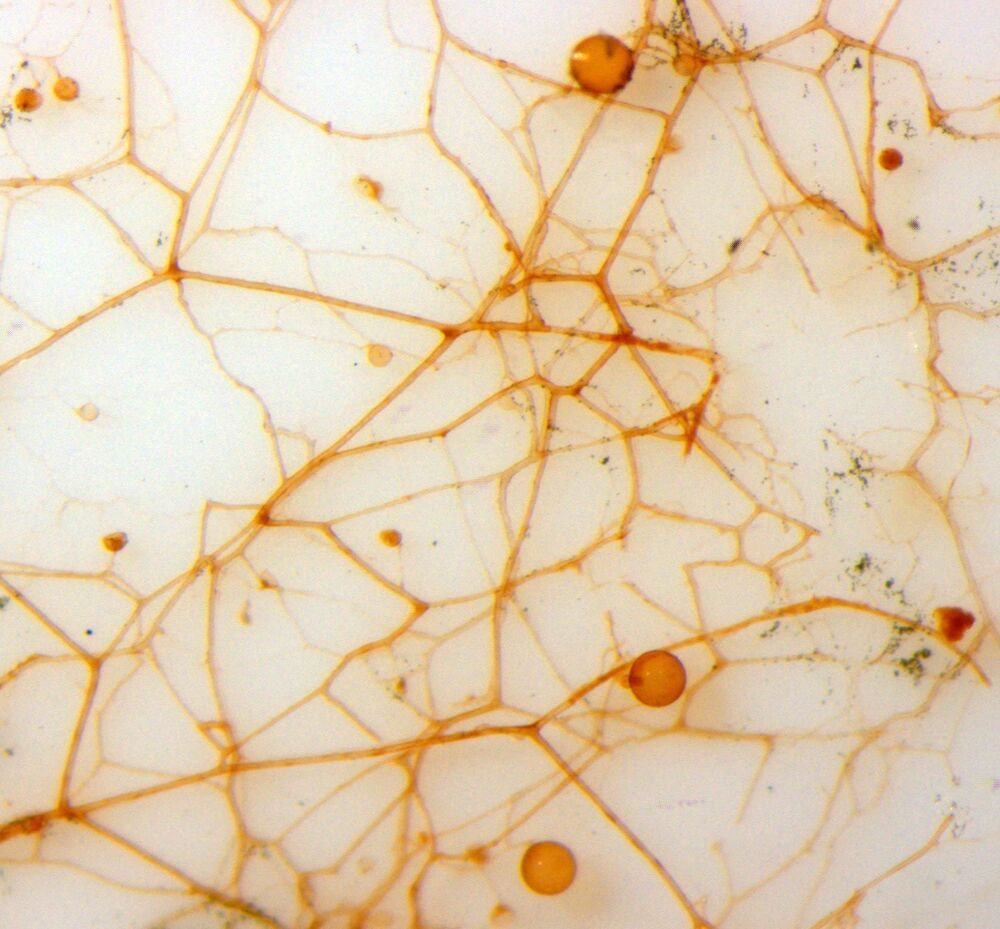Click on photo to start video.
Tetris, Flappy Bird… This cool dad turns video games into real-life toys.


The story of the “Forest Keeper” of India.
They say it’s impossible for one person to change the world… However, the hero of our story decided to prove everyone wrong. As he believes, the main thing is to know exactly what you want from life and pursue your goal with dedication. Then you’ll be bound to succeed…
#life_story #informative #facts.
For copyright matters please contact us at:
[email protected]

“I think both with the how the workers have been treated and how the community has really been kicked aside here with the creeks, one of the problems we’re seeing is Wall Street values being applied to rural, working class communities,” said Smith. “That’s the values of ‘money first,’ and ‘consequences don’t matter.’”.
It’s sunny and in the mid-70s in Tuscaloosa County, Alabama right now. Normally, that would be prime conditions for a swim in Davis Creek or Texas Creek. But right now, both are running black, full of thick wastewater runoff.





Researchers have discovered a group of soil bacteria that could yield alternatives to conventional fertilizers for enriching soil and improving crop yields.
A team of researchers from the Boyce Thompson Institute (BTI) has discovered a distinct group of bacteria that may help fungi and plants acquire soil nutrients. The findings could point the way to cost-effective and eco-friendly methods of enriching soil and improving crop yields, reducing farmers’ reliance on conventional fertilizers.
Researchers know that arbuscular mycorrhizal (AM) fungi establish symbiotic relationships with the roots of 70% of all land plants. In this relationship, plants trade fatty acids for the fungi’s nitrogen and phosphorus. However, AM fungi lack the enzymes needed to free nitrogen and phosphorus from complex organic molecules.
Neodymium is critical to making the wheels of a Tesla spin or creating sound in Apple’s Airpods, and China dominates the mining and processing of this rare-earth mineral. So the U.S. and its allies are building their own supply chain. Photo illustration: Clément Bürge/WSJ
More from the Wall Street Journal:
Visit WSJ.com: http://www.wsj.com.
Visit the WSJ Video Center: https://wsj.com/video.
On Facebook: https://www.facebook.com/pg/wsj/videos/
On Twitter: https://twitter.com/WSJ
On Snapchat: https://on.wsj.com/2ratjSM
#WSJ #Neodymium #Tech